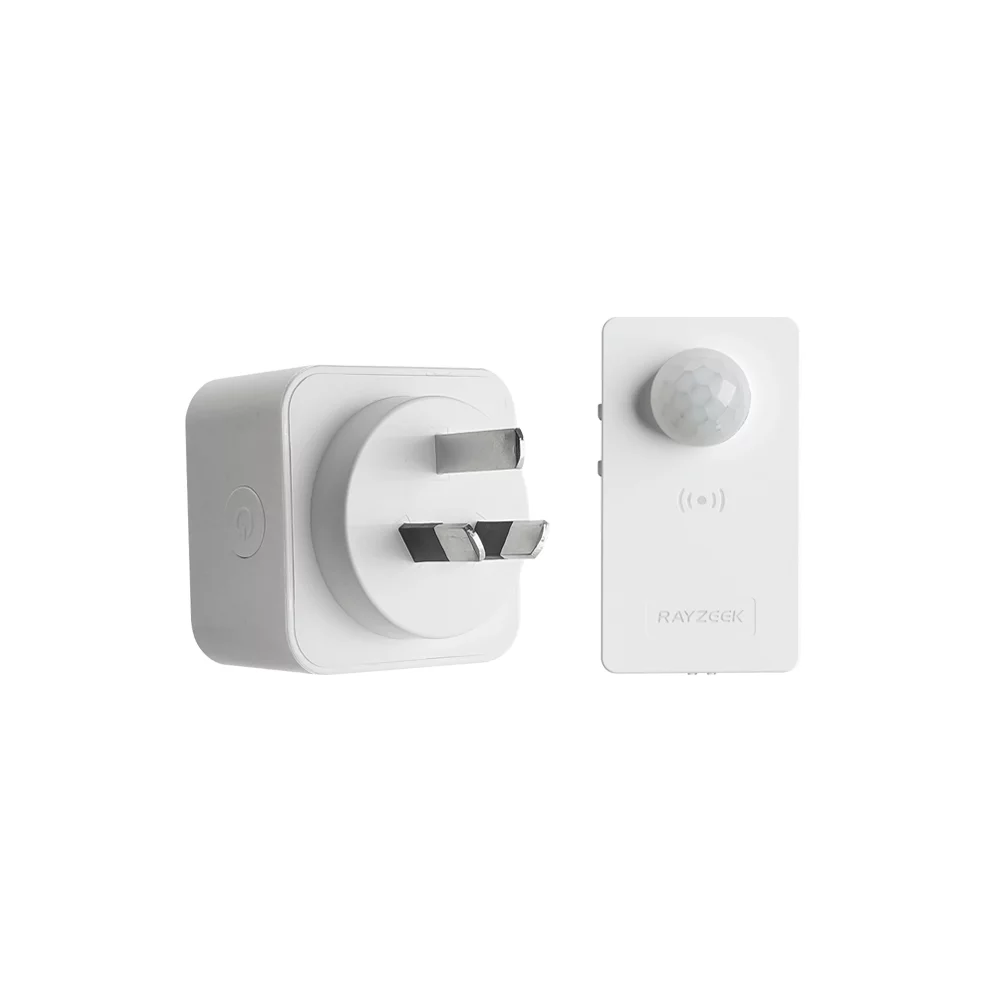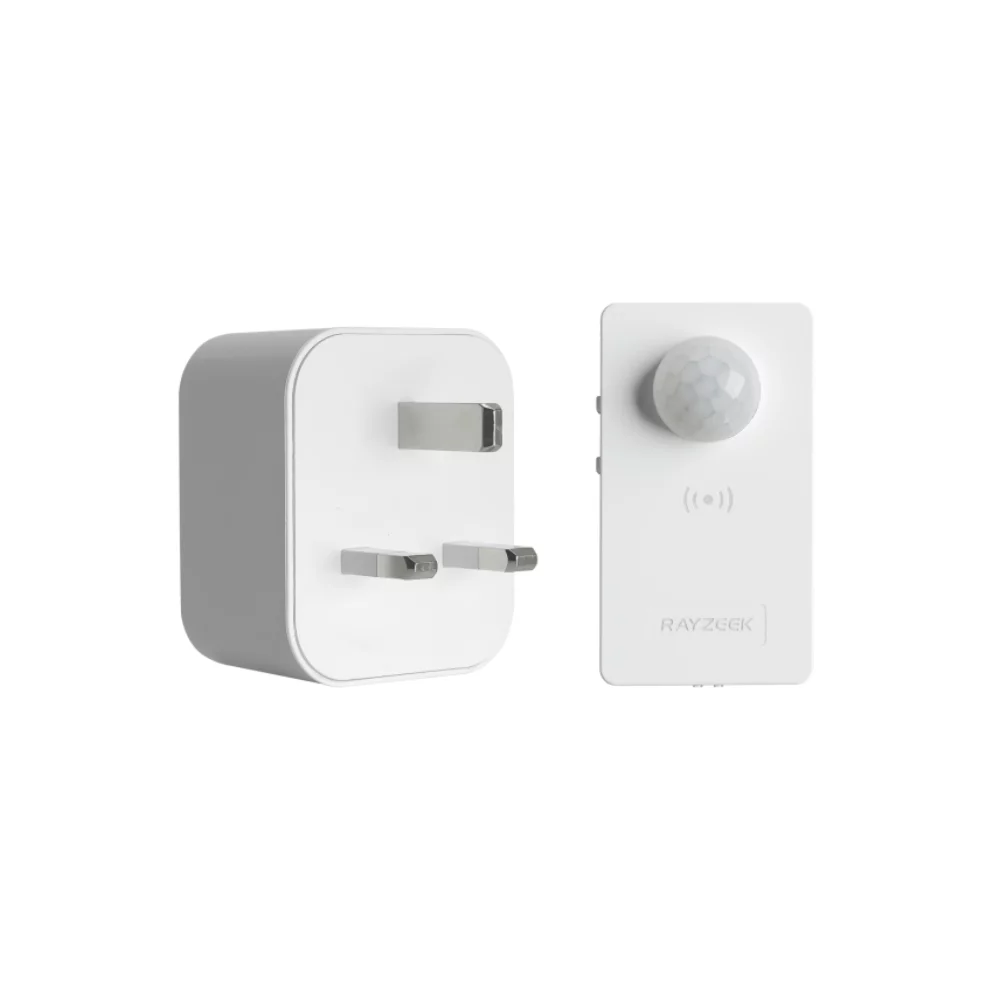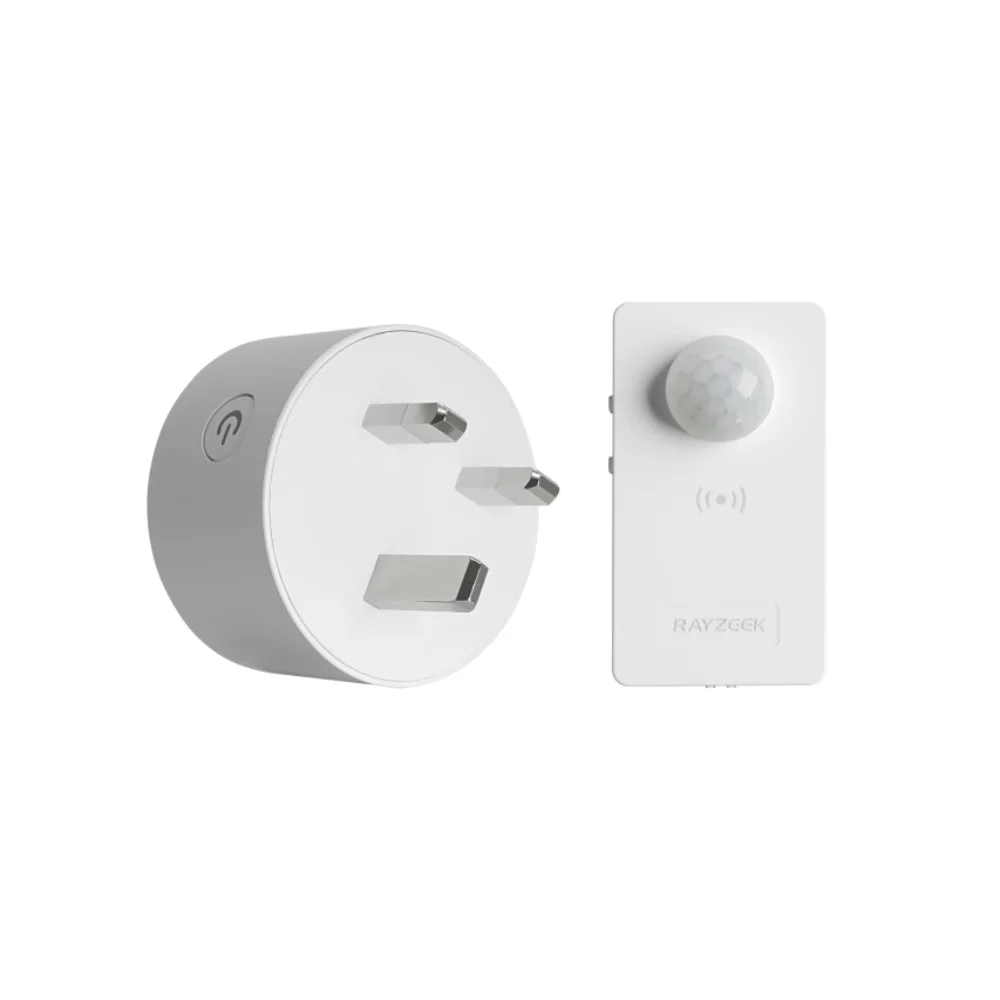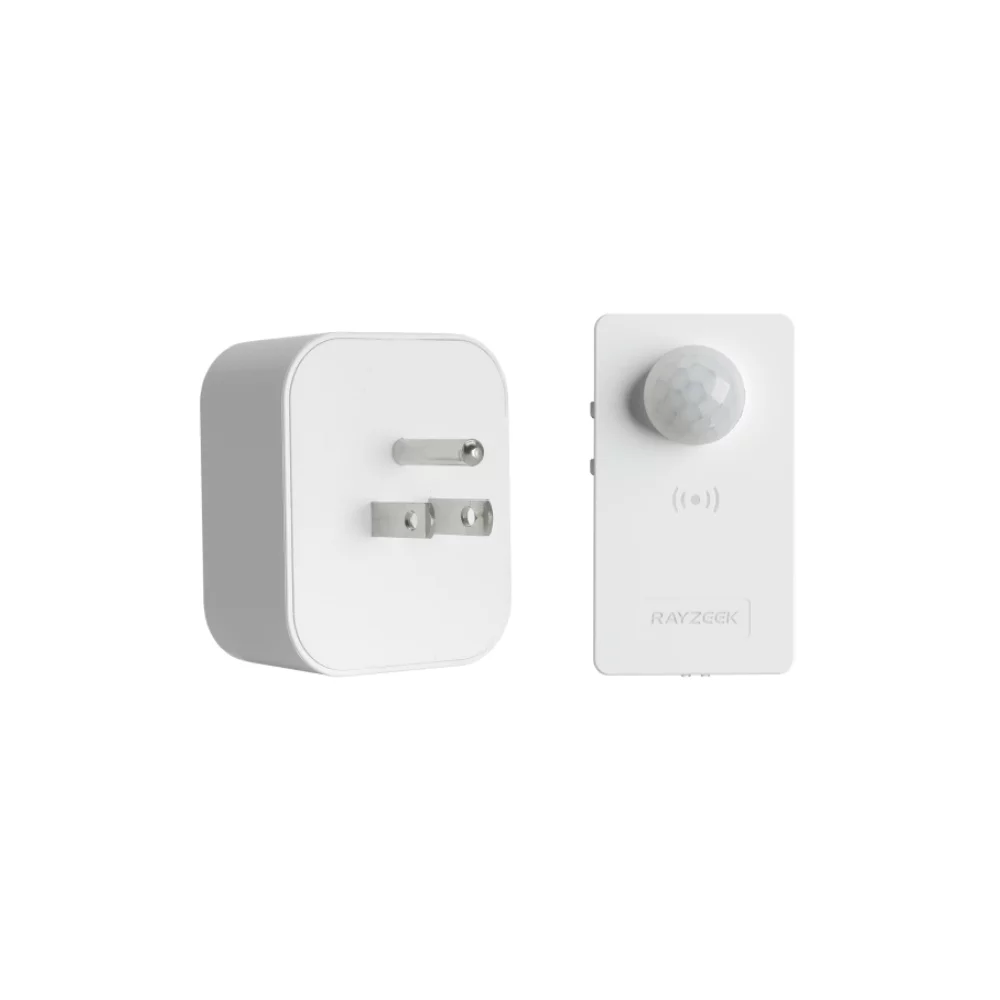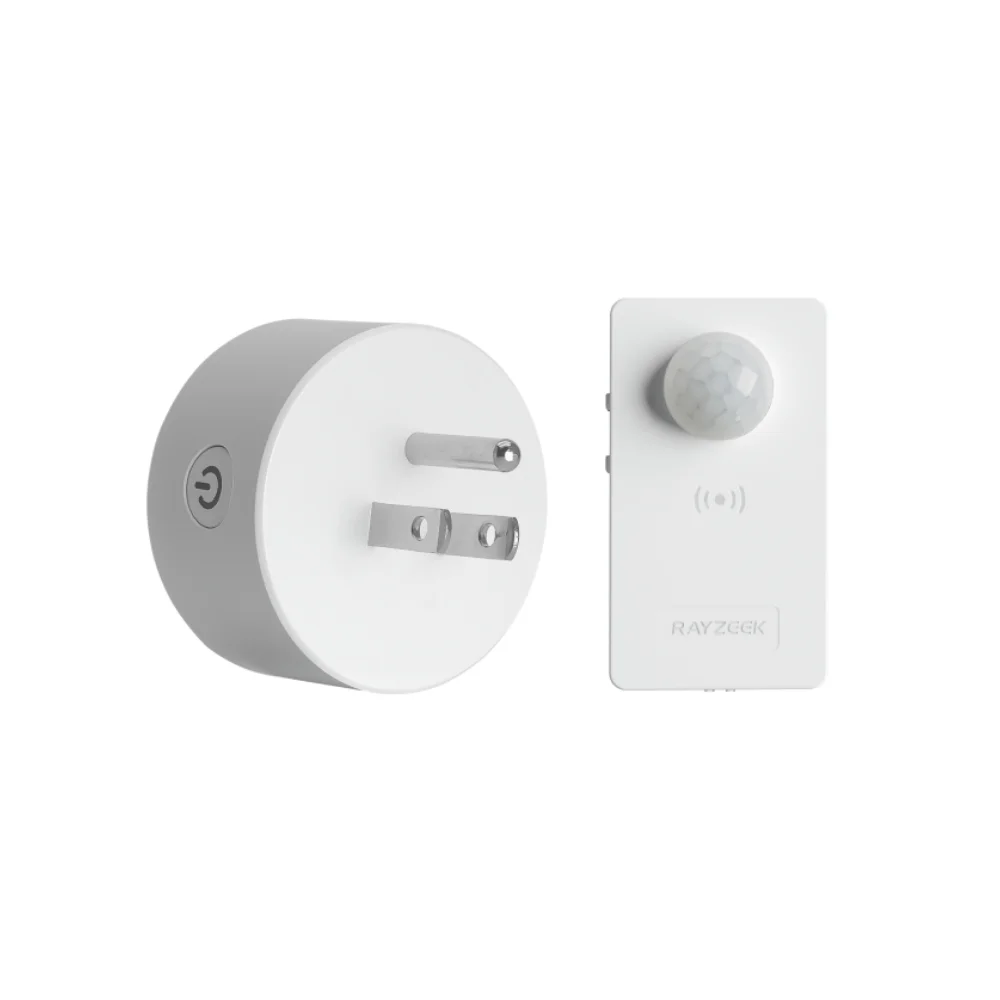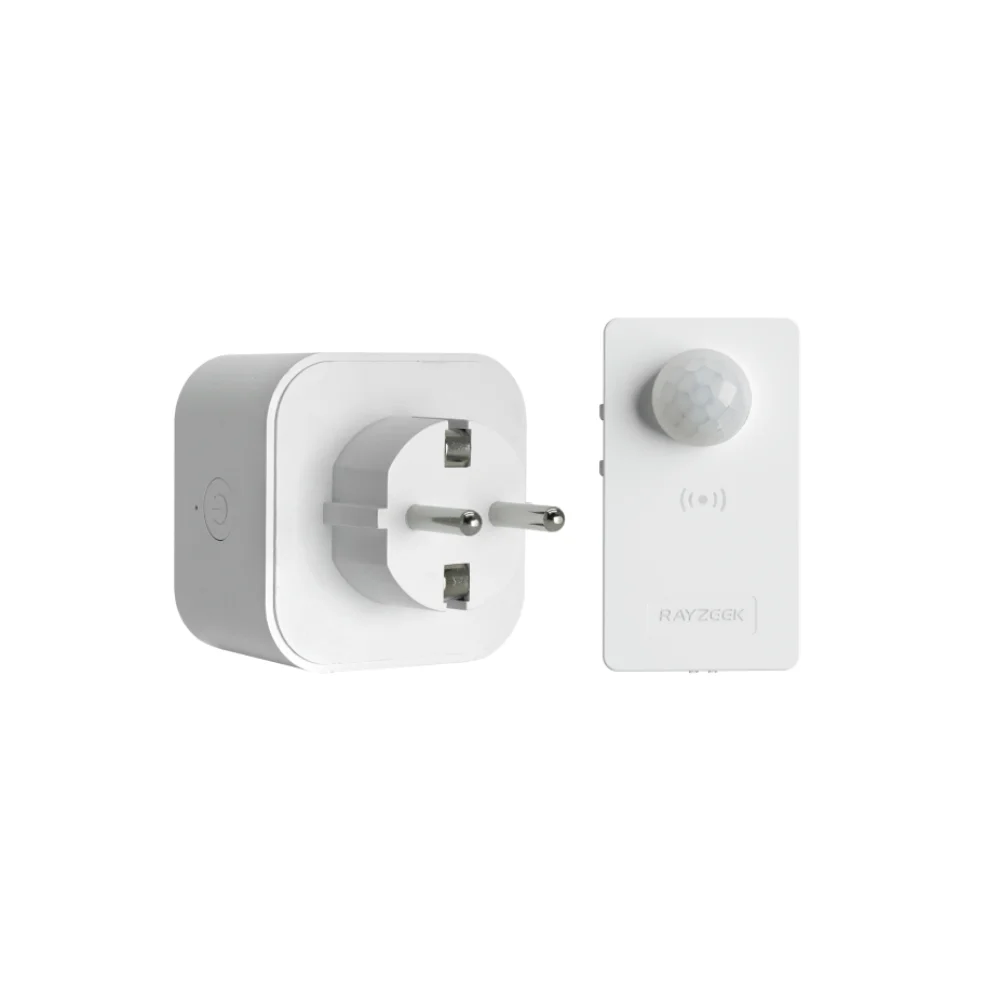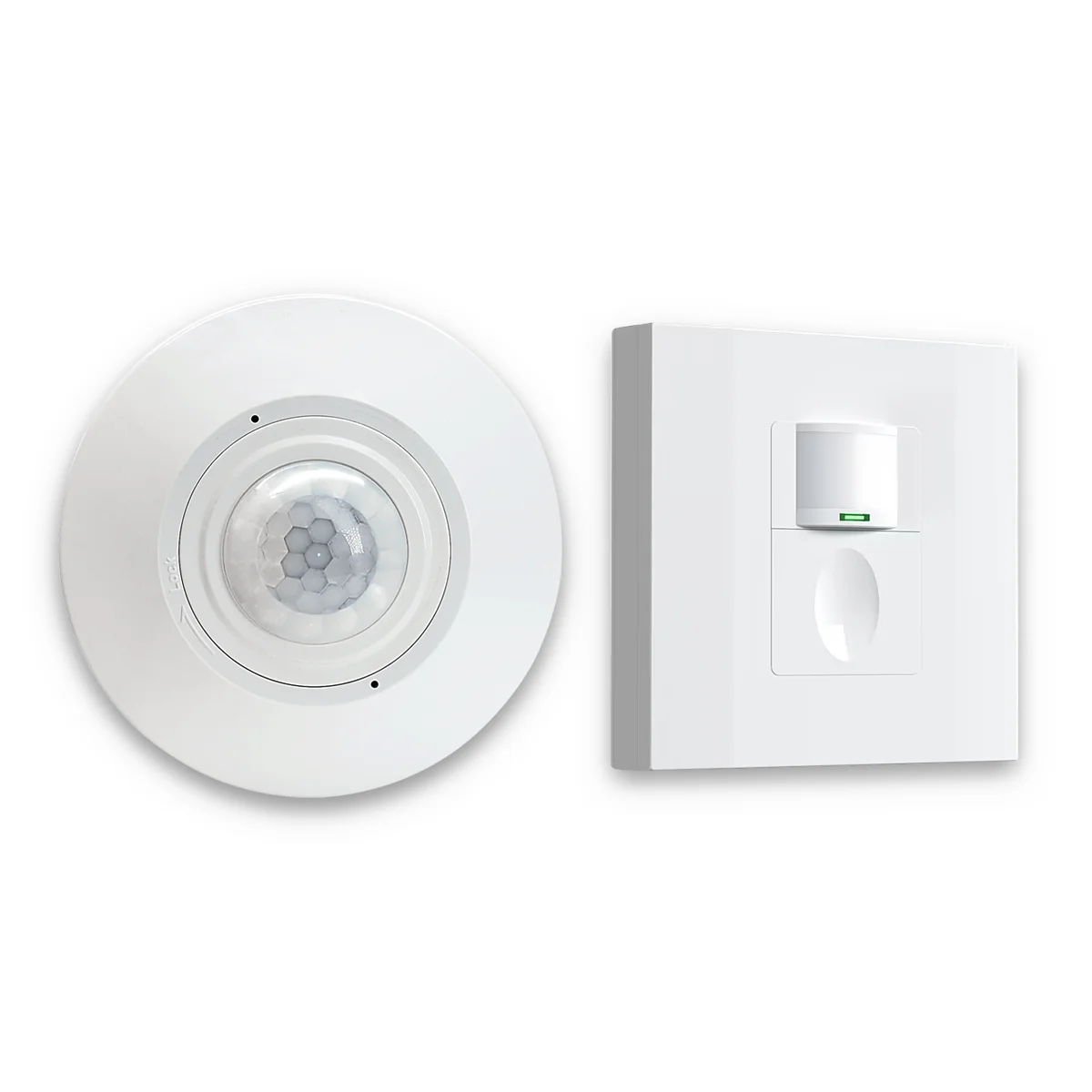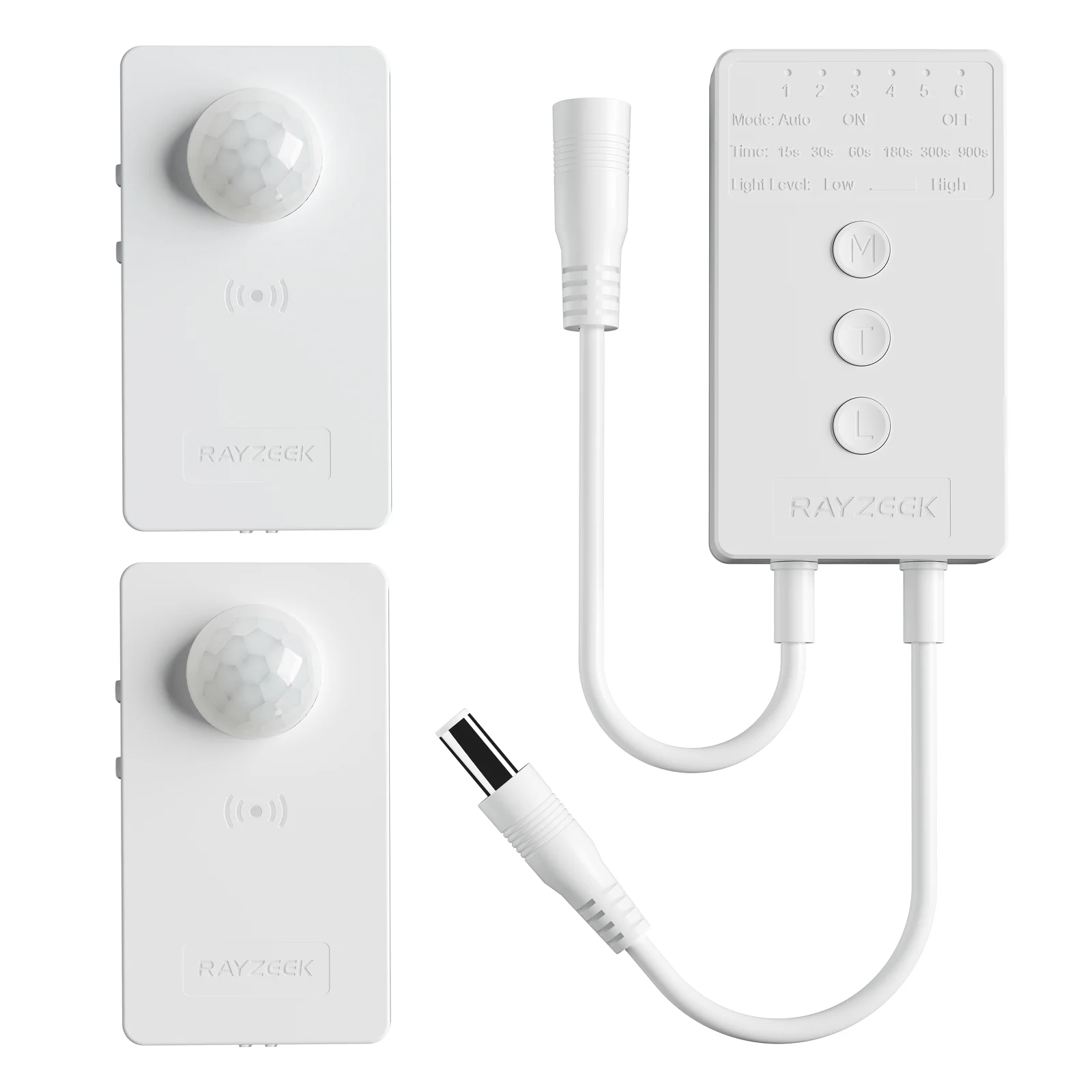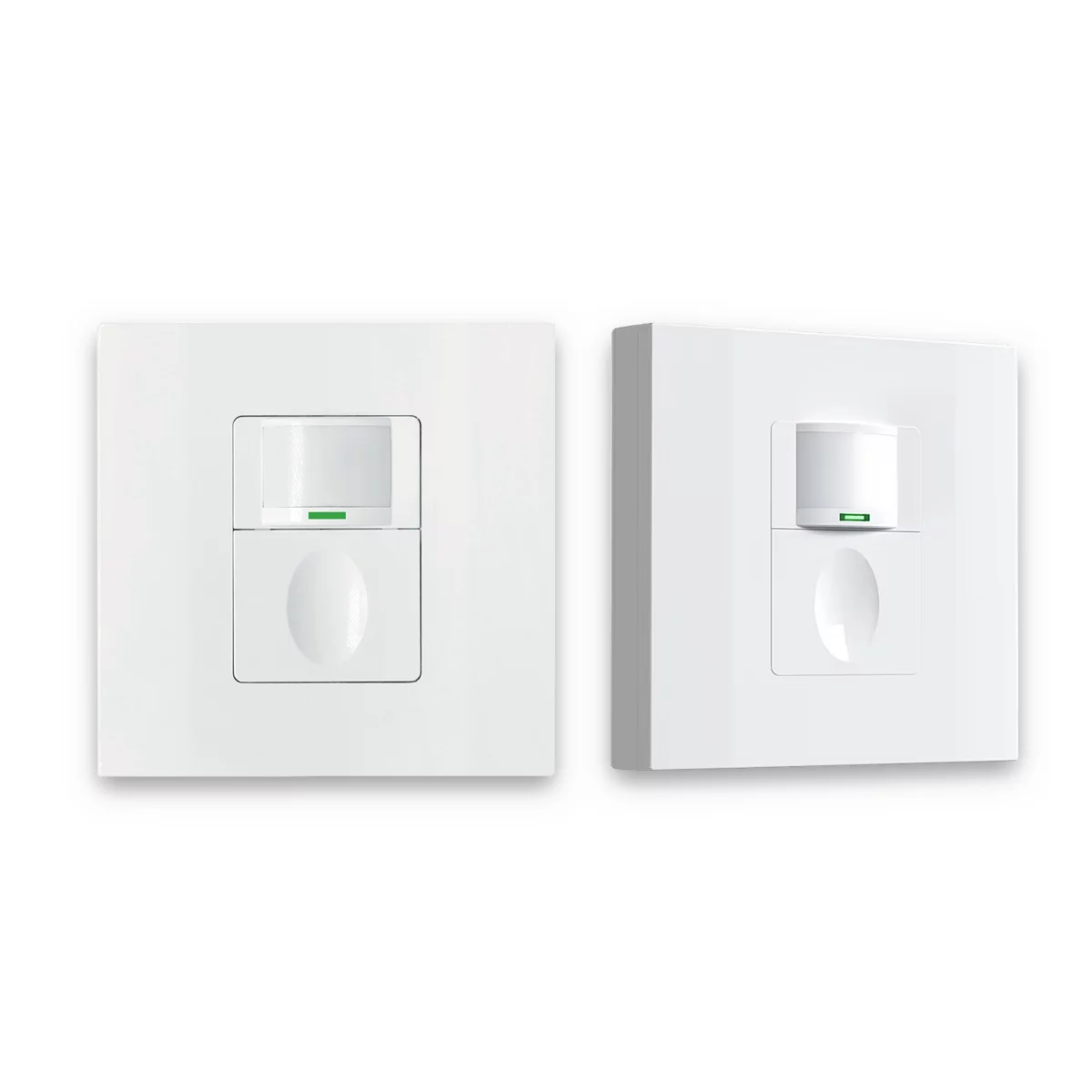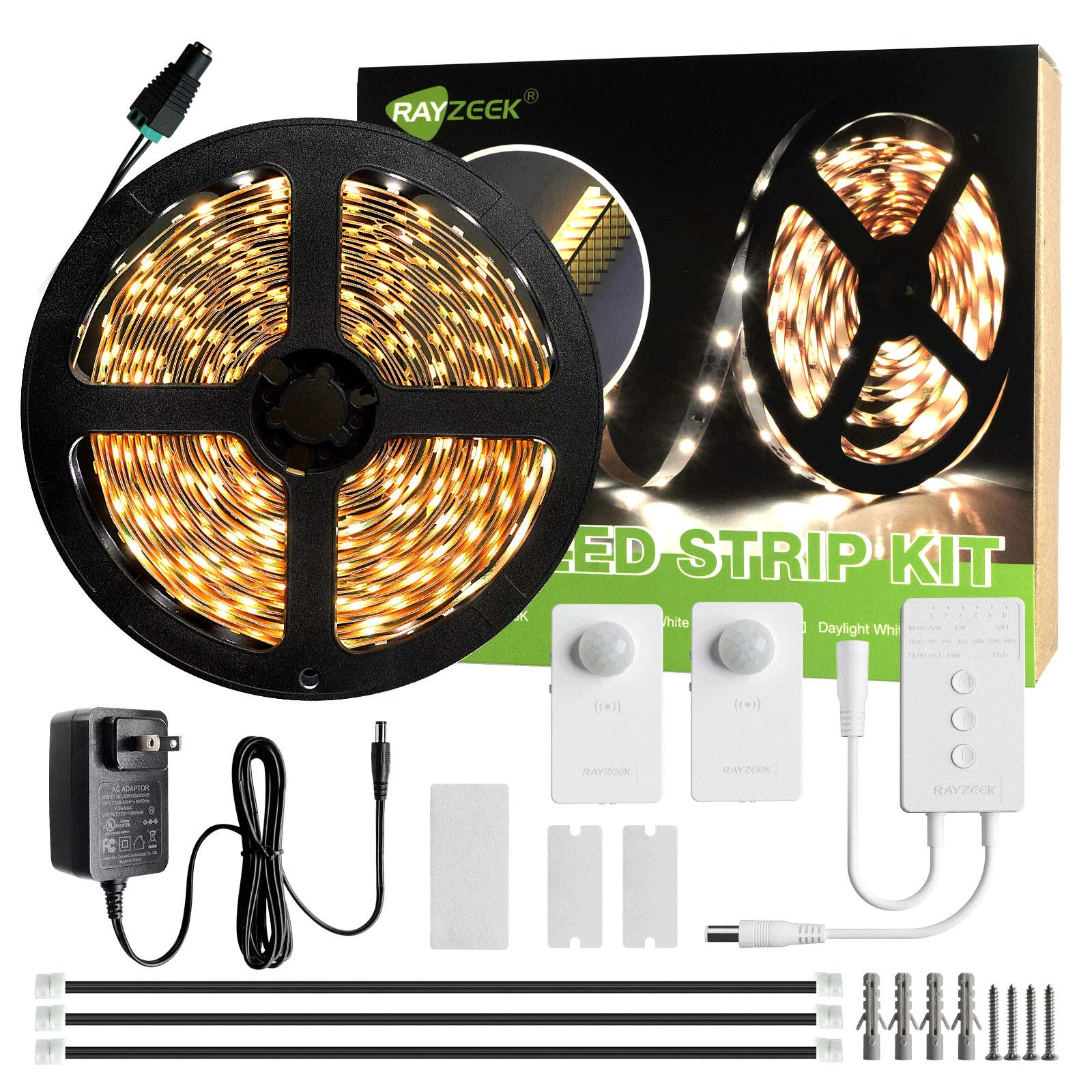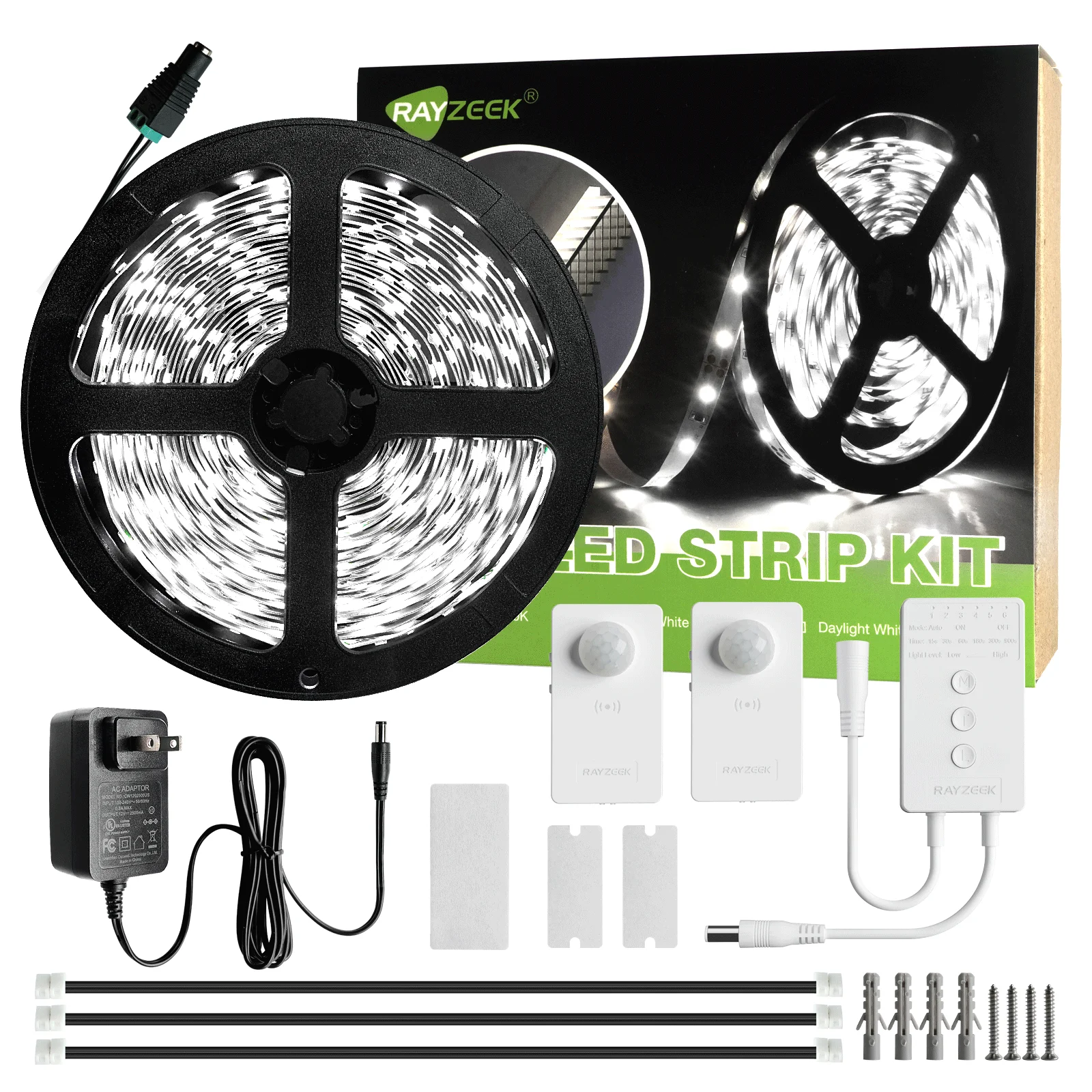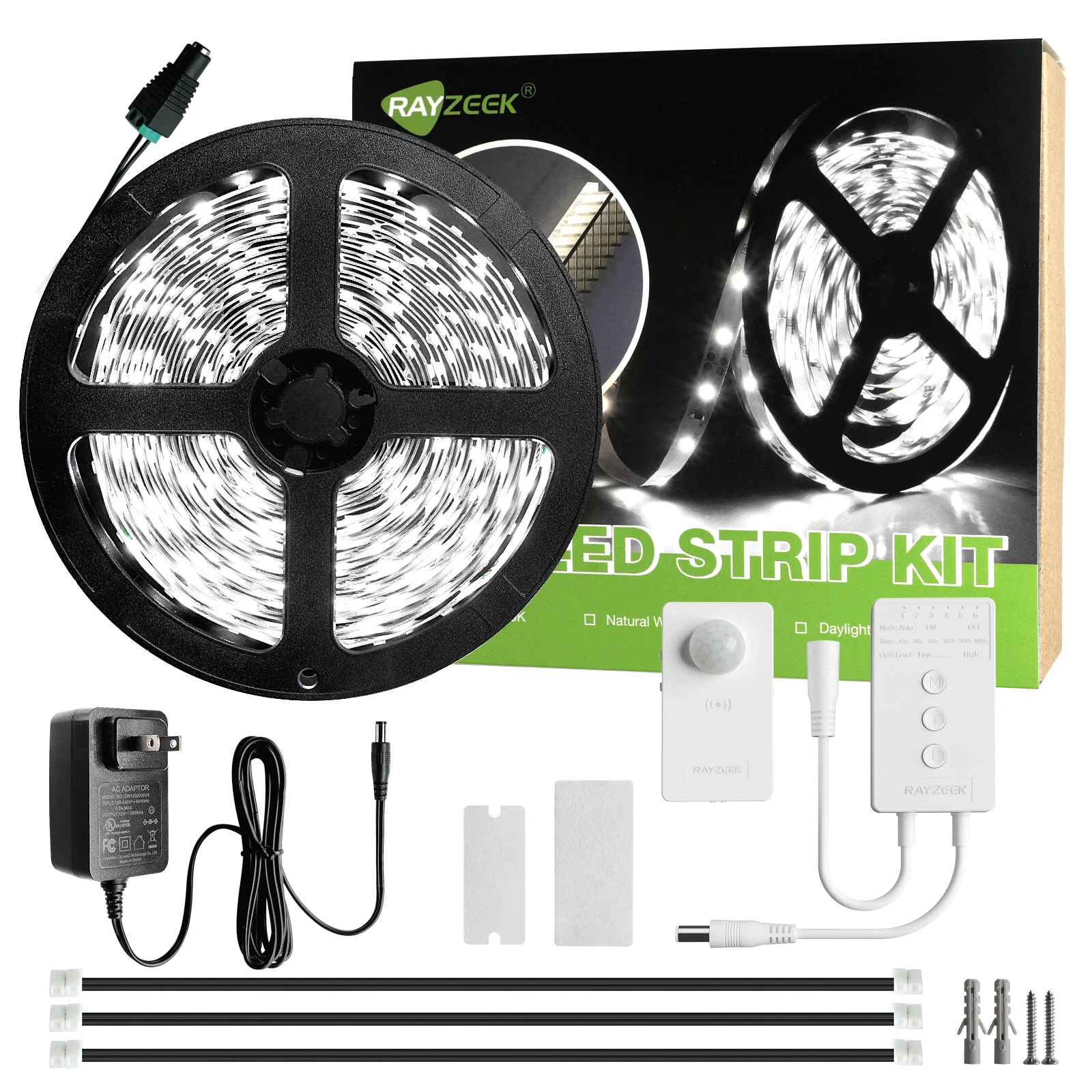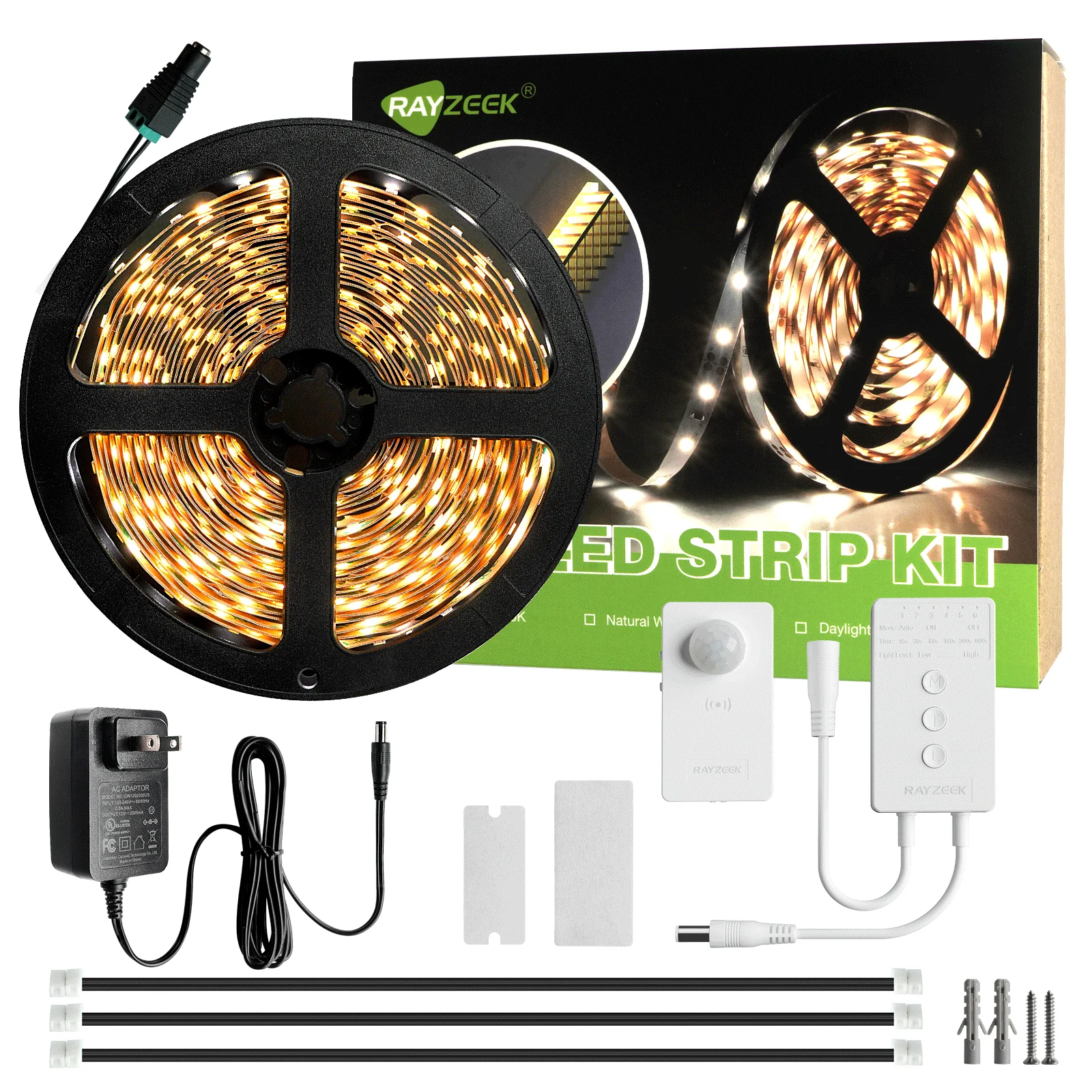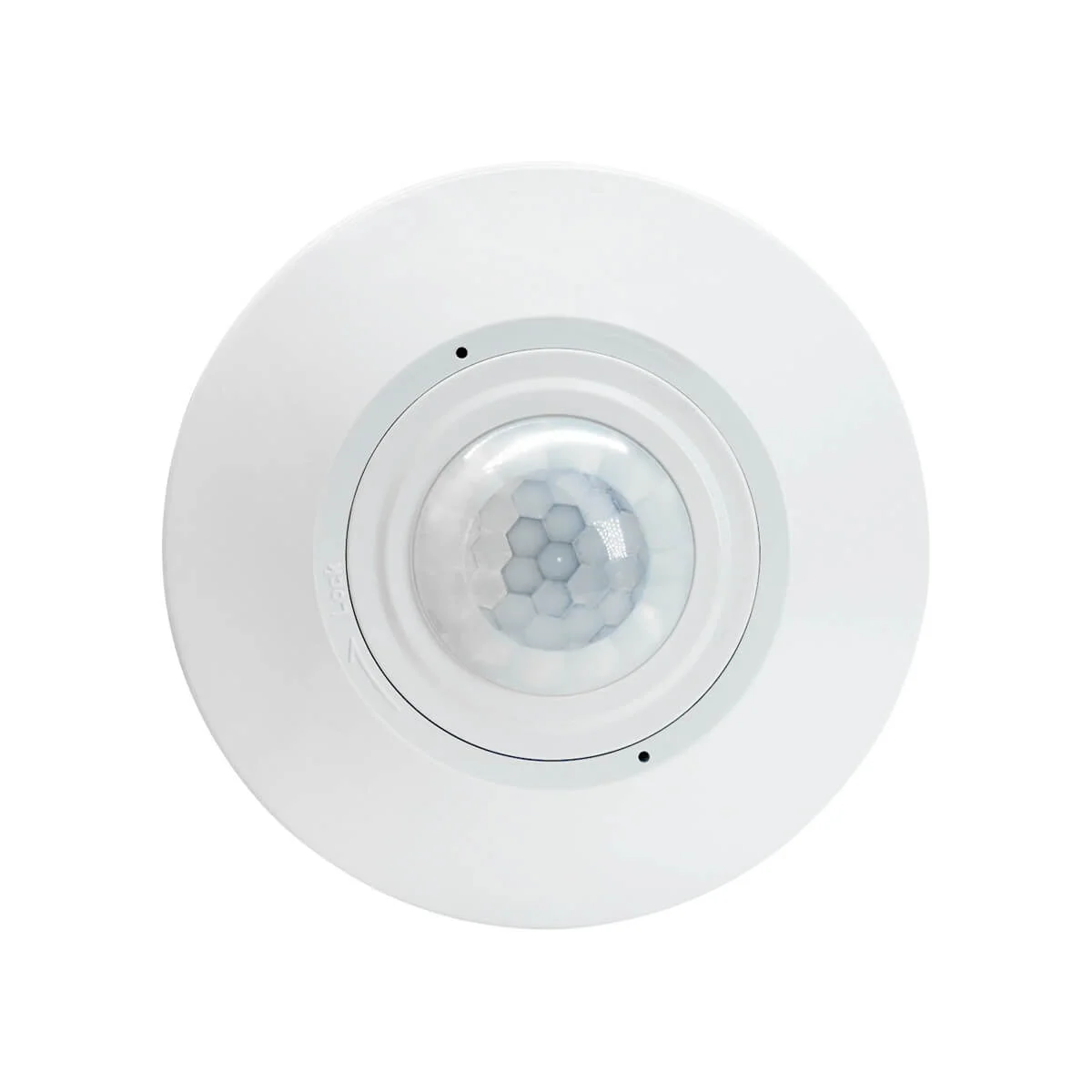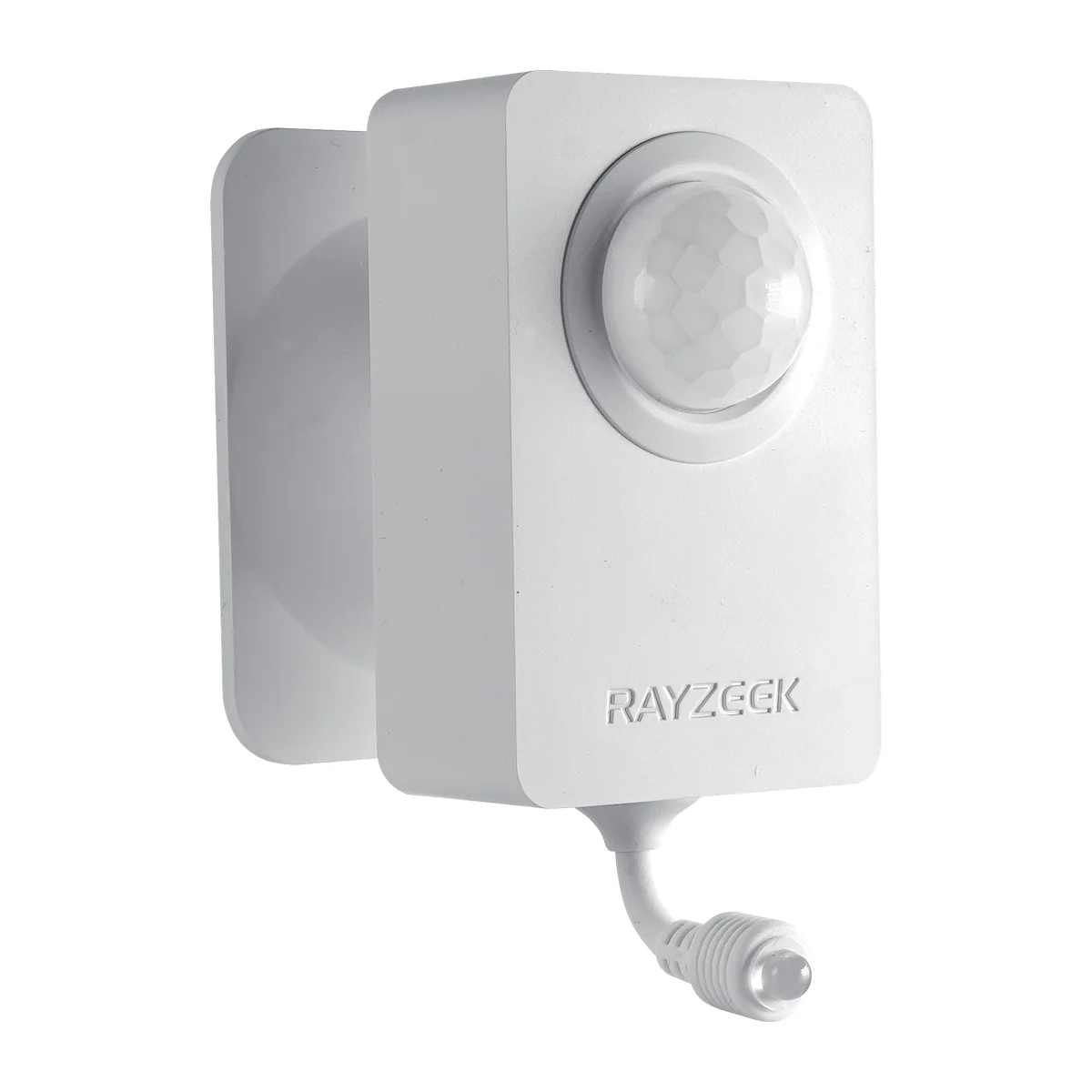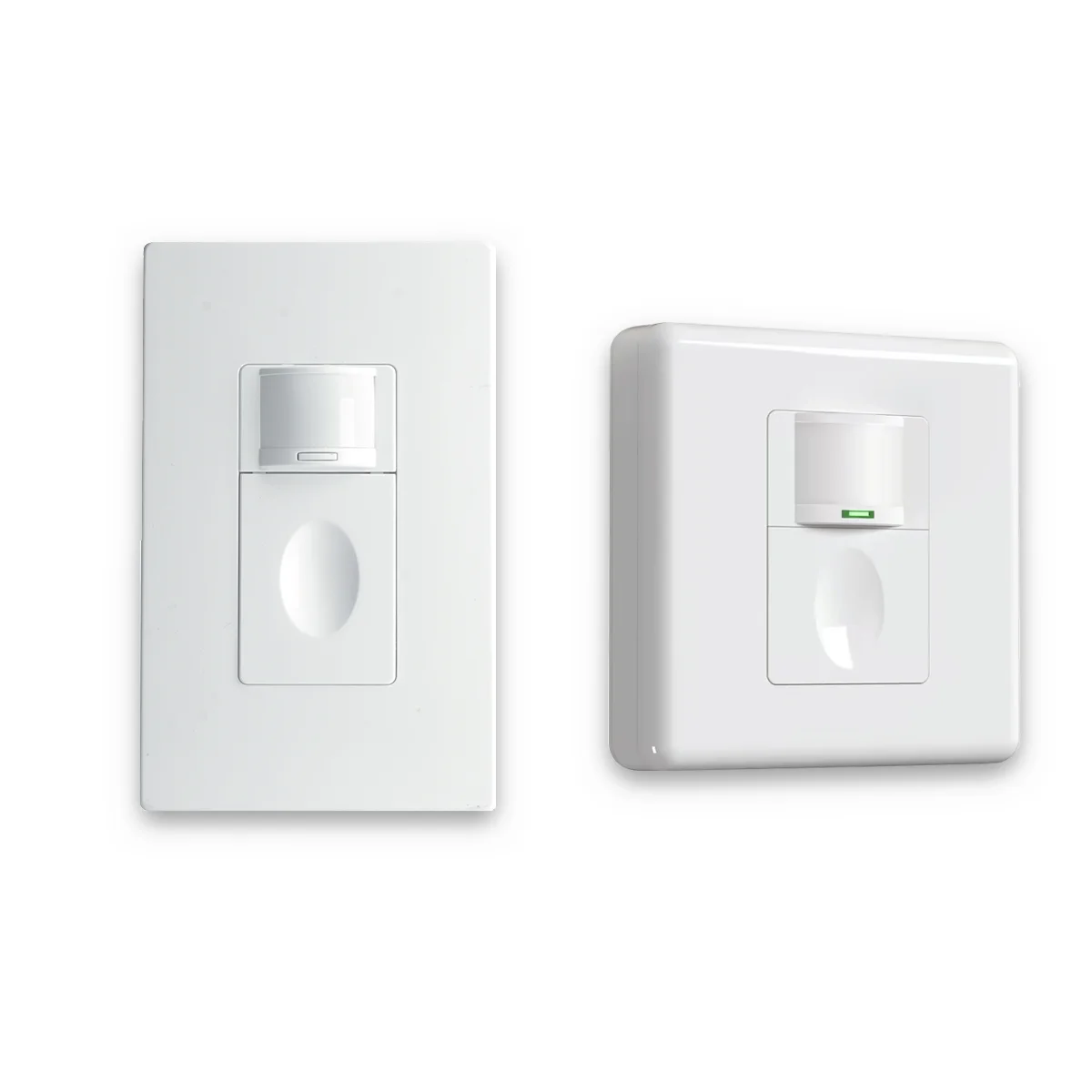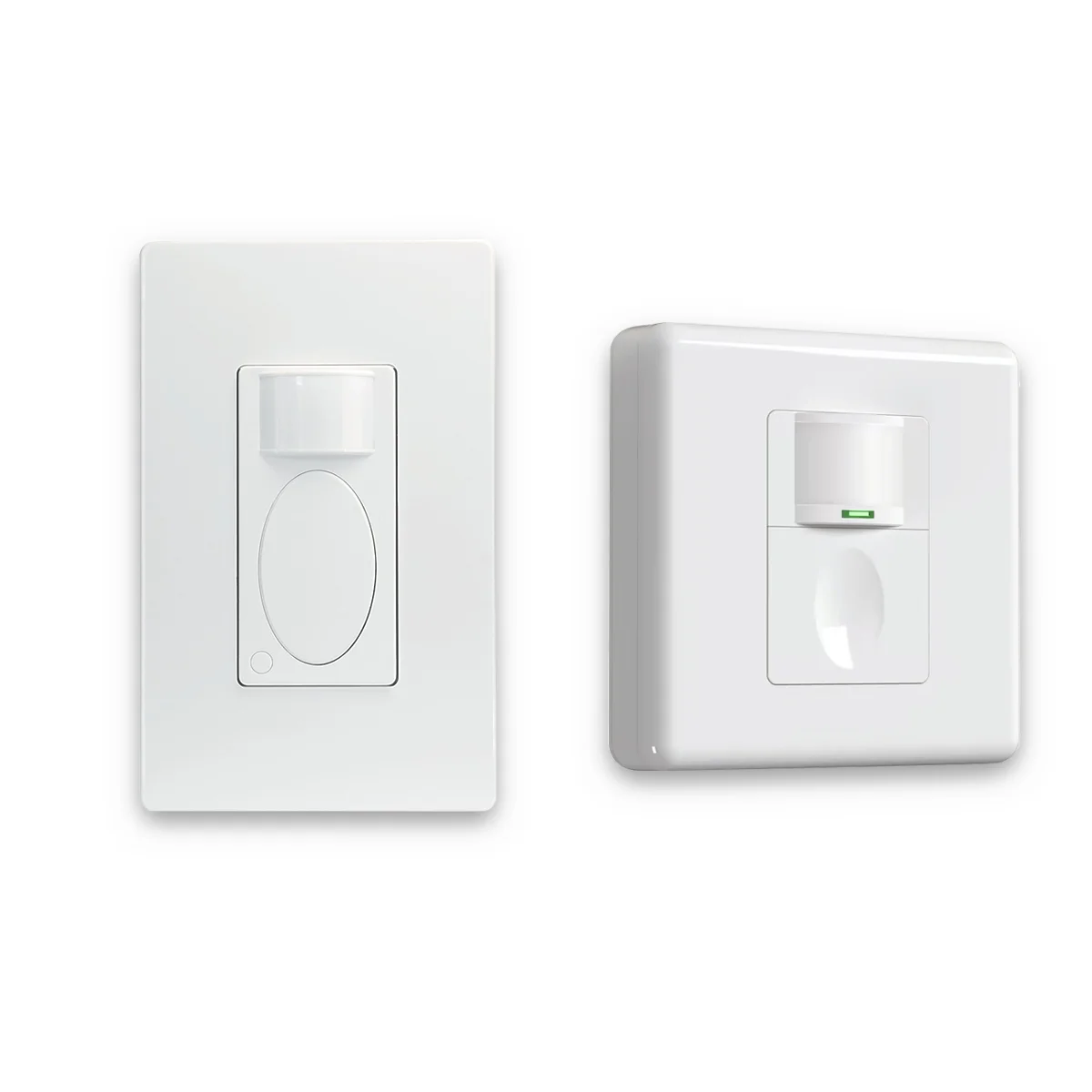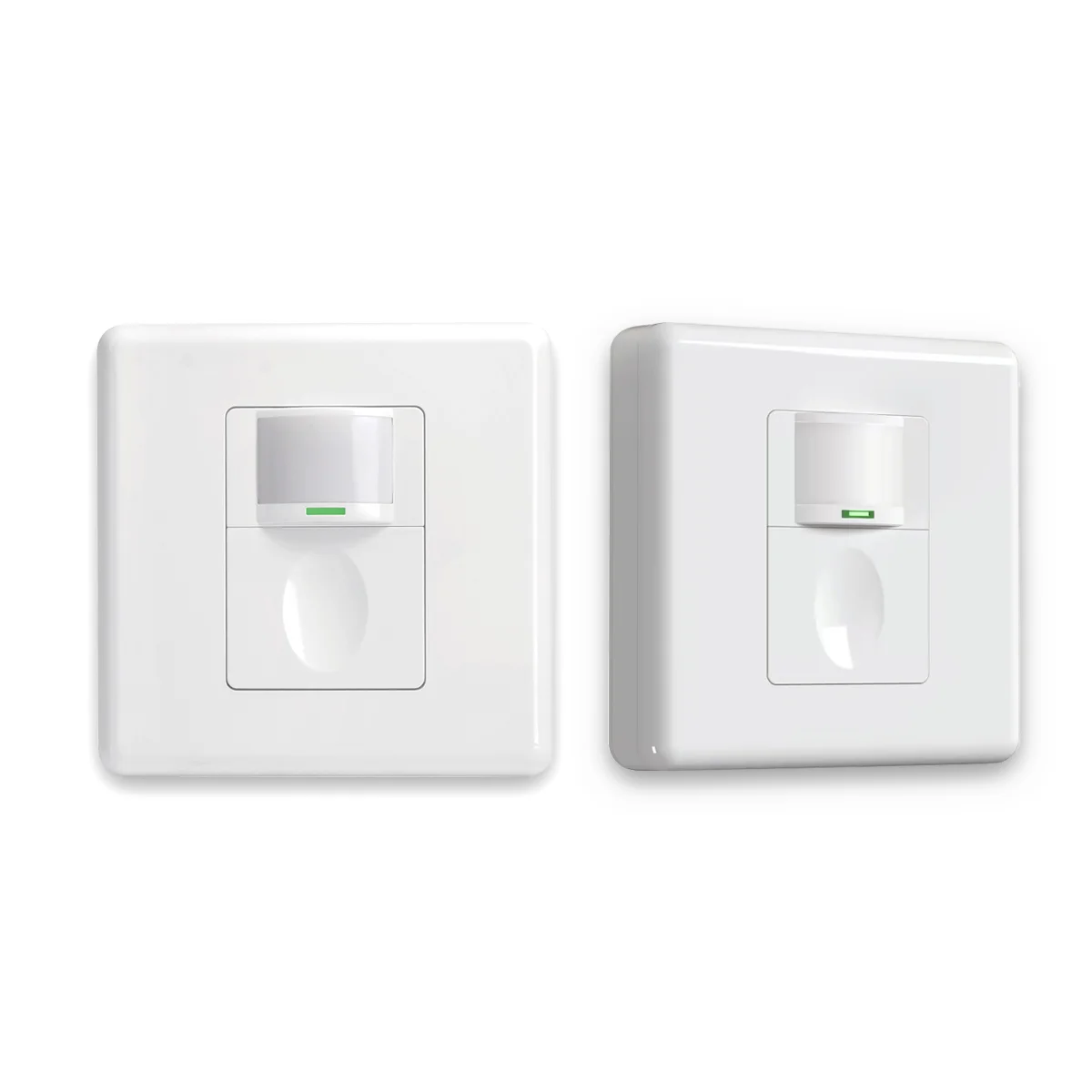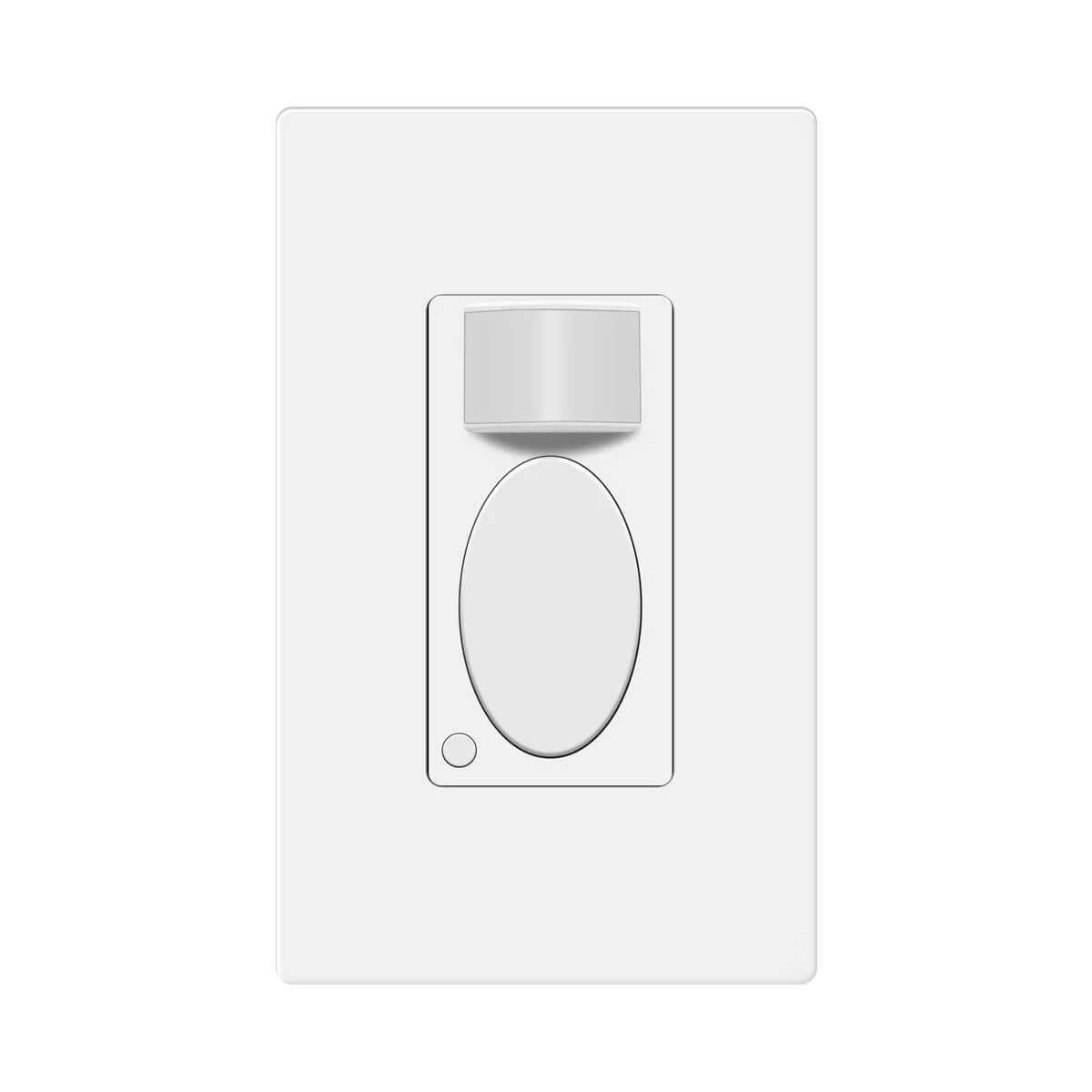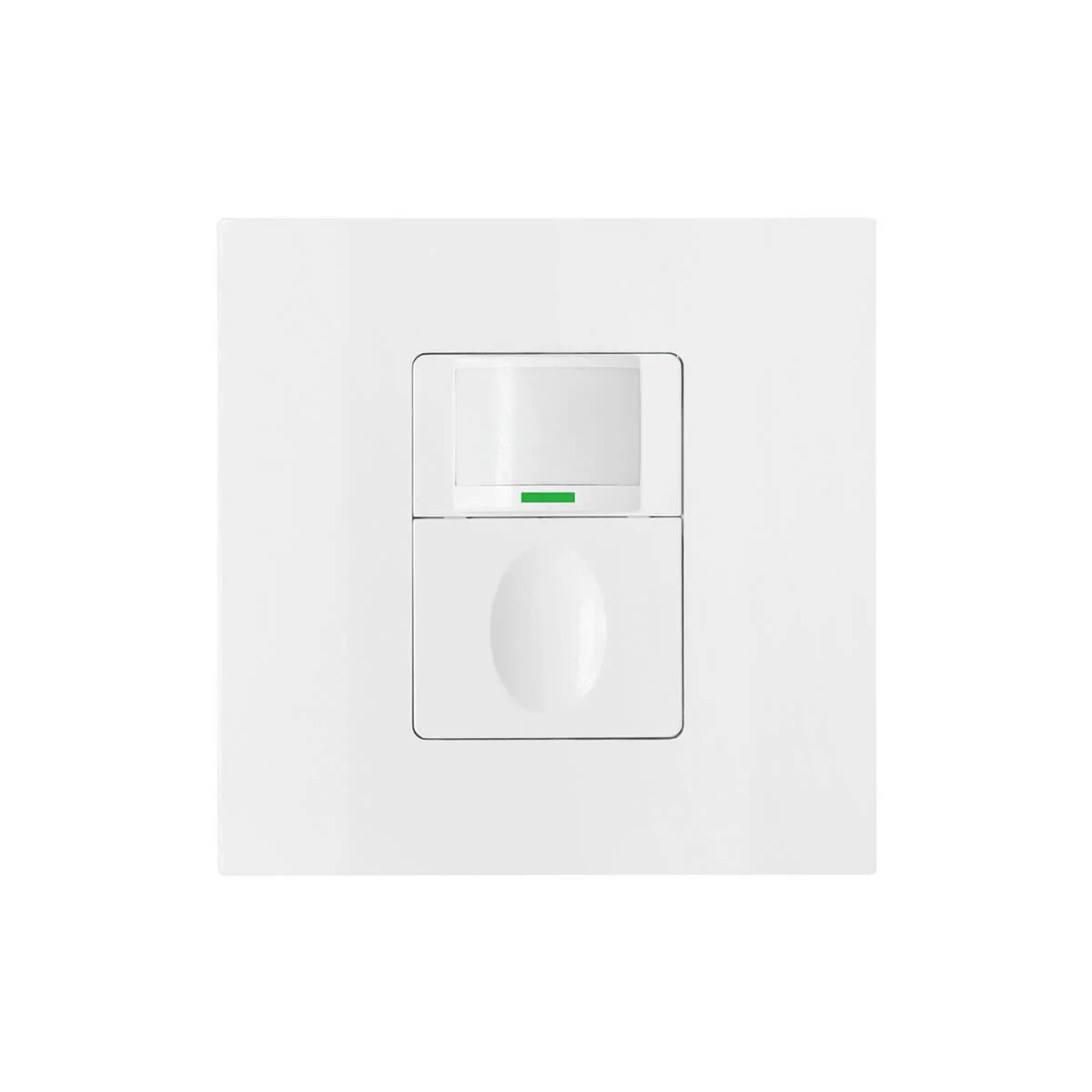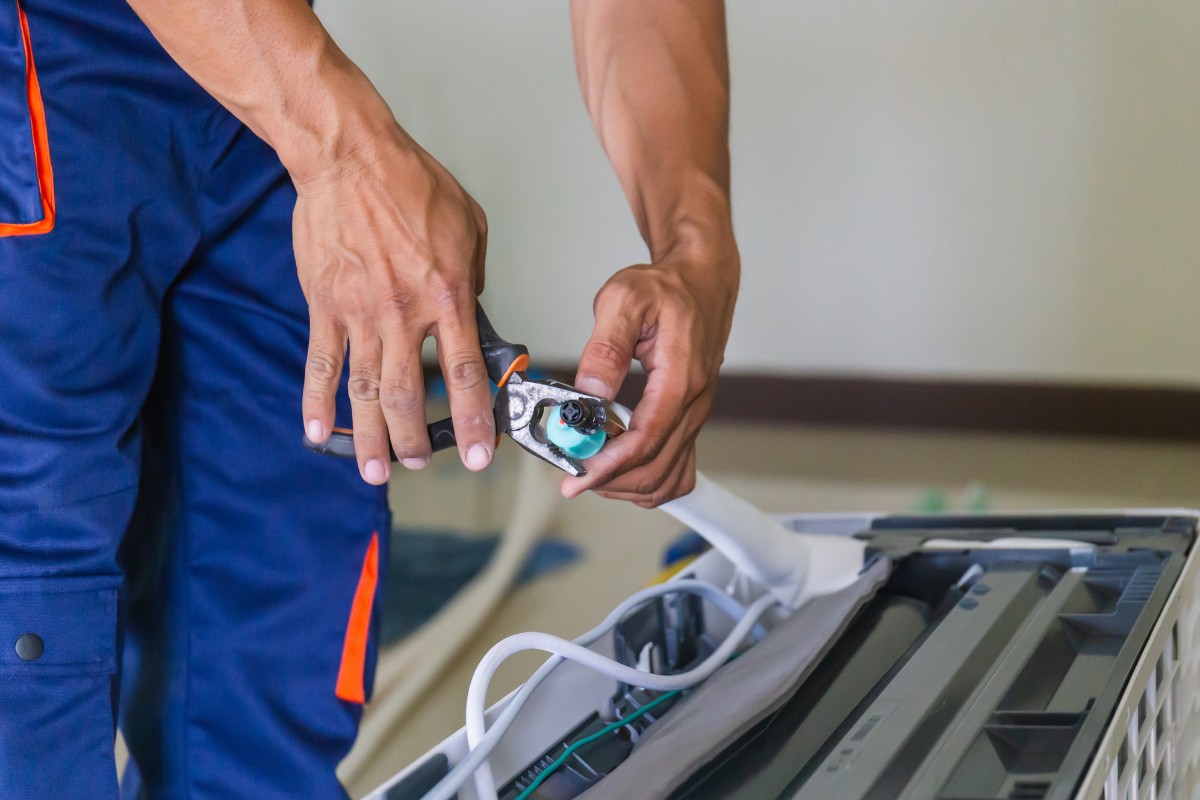Have you ever wondered why most lights are on at full brightness during the day even when there is plenty of daylight available?
Obsah
- What is Daylight Dimming (also called Daylight Harvesting)?
- Things to consider when implementing a daylight dimming / daylight harvesting system
- Allocating the daylight control intelligence
- Cost and Comfort determine the application
- Daylight Dimming – An Attractive feature for luminaire OEMS
Imagine the following situations:
- In the morning, you walk into your bathroom and the light switches on automatically. When you leave, they will switch off automatically after a selectable delay time.
- You will never have to worry again about leaving your lights on.
- Same thing in the office. Our snímače přítomnosti are so sensitive that they register the slightest movement (e.g. when you are working at your computer, the movement of your mouse is sufficient). Gone are the times when the lights go off and you needed to “wave” so that they come on again.
- When there is enough daylight in your office, there will be no need to turn off the artificial light. Instead, our controls will dim down the artificial light depending on the daylight level and adapt constantly and very gradually to the current situation. On your working area (desk) a constant light level will be kept.
- Artificial lighting can go down to 10% and eventually will be switched off, depending on daylight level and switch on again later when there is less daylight.
- No need to switch off the lights manually and then switch them on again later when there is less daylight (e.g. dark clouds, dawn, etc.)
- When everybody has gone home and the room is unoccupied, lights will be turned off automatically.
- Forget your light switches! And enjoy those savings.
What is Daylight Dimming (also called Daylight Harvesting)?
Daylight Harvesting controls regulate the artificial light depending on the available daylight. When enough daylight is available, the artificial light dimms own according to how much light is available. A guaranteed light level (depending on the work area and task) is maintained at all times as the result of artificial and ambient light.
Inspirujte se portfoliem pohybových senzorů Rayzeek.
Nenašli jste to, co jste chtěli? Nebojte se. Vždy existují alternativní způsoby řešení vašich problémů. Možná vám pomůže některé z našich portfolií.
Things to consider when implementing a daylight dimming / daylight harvesting system
Daylight harvesting systems can be realised with many different types of lamps. At the moment, the most popular application is fluorescent lighting. However, all systems have one thing in common: In any good (that means comfortable and stable) daylight harvesting system, there are three major components:
- A photosensor which generates the input signal depending on the ambient light
- the actual daylight dimming intelligence which generates the output signal
- some control hardware that generates the output to the lamp
Especially the daylight dimming control logic is important – this needs to be included into either the sensor component or the control (which could be an electronic dimmable ballast). The point is, it needs to be somewhere.
We strongly advise against using a “dumb” photosensor directly on a “dumb” dimmable electronic ballast. This will not work properly. In combination with other control systems (e.g. other daylight dimming ballasts) such a system can oscillate.
Allocating the daylight control intelligence
There are two main possibilities for allocating the daylight control logic. It can be added to the sensor element or to the control hardware. Both have their pros and cons and it depends on the specific application which option is the most suitable.
Option 1: Daylight dimming intelligence in the sensor
This is the case with occupancy motion and light sensors. They have a built-in logic which takes the light sensor input signal and creates the appropriate output signal which can be fed to an electronic dimmable ballast. This enables to control several luminaires with one sensor. However, adding the logic into the sensor makes the sensor much larger and also significantly more expensive.
Option 2: Simple sensor, intelligence is in the control hardware
This is a very attractive option if many individual daylight dimming systems are required. A perfect example is high-quality office lighting applications in which each work area should be controlled individually. This generates by far the best comfort.
Hledáte řešení úspory energie aktivované pohybem?
Obraťte se na nás pro kompletní PIR senzory pohybu, produkty pro úsporu energie aktivované pohybem, spínače se senzorem pohybu a komerční řešení pro detekci přítomnosti/volnosti.
In these applications, light sensors typically are integrated into svítidla. Luminaire manufacturers put a lot of effort into making their fixtures look elegant, and in most cases, they are not very happy about integrating a bulky sensor into their fixtures.
It makes sense to use a very small and cheap light sensor and integrate the logic into the electronic ballast for these cases. This is exactly the way we chose for our photosensor dimming ballasts. We believe that this is the most elegant way to integrate daylight dimming into a lighting system.
Not only is this suitable for demanding light fixture OEMS, it can also be used for very quick and elegant retrofits. We supply a wide range of accessories for this.
Cost and Comfort determine the application
By giving you a choice between the two options illustrated above, we enable a wide range of possible applications. Depending on your specific project, we can work out which solution works best for you. In many instances using the cheap light sensor and the slightly more expensive daylight controlled ballasts beats other solutions in overall costs (and comfort).
Možná máte zájem o
Daylight Dimming – An Attractive feature for luminaire OEMS
Our quite unique Photosensor Dimming Ballasts and small light sensors offer desirable opportunities to luminaire manufacturers who wish to offer very energy efficient and still comfortable fixtures. We believe that our light sensors are small in the market and they certainly are very easy to integrate, so daylight dimming functionality can be added very elegantly into your products without compromising on high design requirements.


